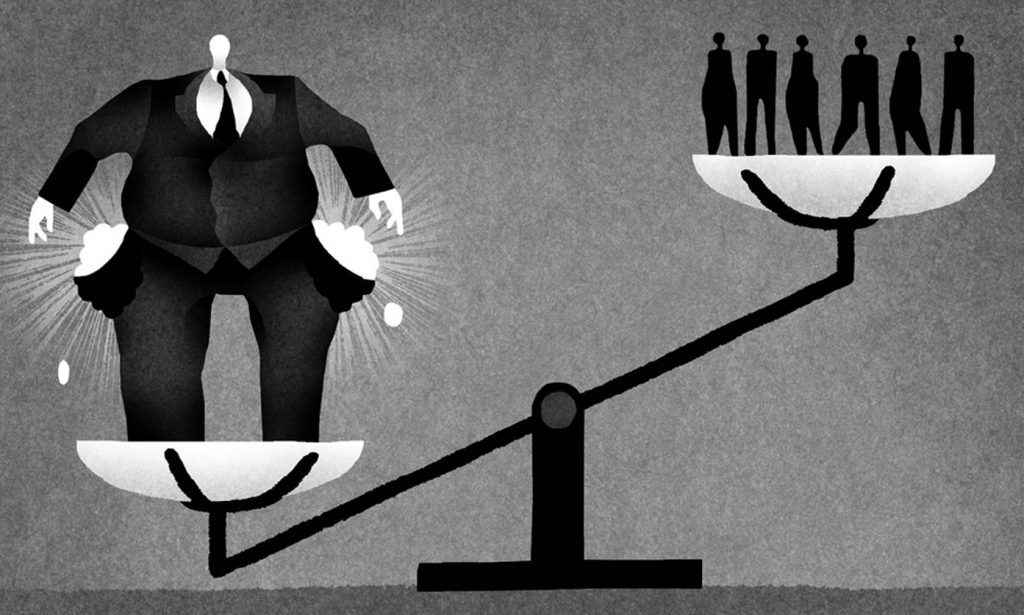In the lush landscapes of Costa Rica, known for its peace and ecological splendor, a less picturesque reality is emerging. Recent reports by the National Institute of Statistics and Census (INEC), the Ministry of Finance, the Costa Rican Social Security Fund (CCSS), and the State of the Nation highlight a troubling trend: widening social gaps and a disturbing rise in violence, undermining the nation’s commitment to human development.
A Departure from Ideals
The quintessential image of Costa Rica as a bastion of tranquility and progressive social policies is being overshadowed by increasing violence, particularly homicides linked to drug trafficking. The State of the Nation report paints a grim picture, revealing that the allure of the drug trade is increasingly drawing in the youth from economically deprived households. This shift suggests a significant departure from the country’s ideals of nurturing its younger generations.
The Roots of Disparity
For two decades, Costa Rica has been grappling with growing income inequality, one of the highest among Latin American countries. This economic disparity, compounded by reductions in social investment, has stymied advancements in critical areas such as education quality, scholarship accessibility, and support infrastructure for impoverished children.
Laura Fernández, director of the Children and Adolescents Area at the Ombudsman’s Office, points out the stark reality facing 38% of children in Costa Rica, especially those in coastal and border regions. These children, four out of every ten, live in conditions of poverty or extreme poverty, making them susceptible to dropping out of school and, subsequently, falling into the hands of organized crime.
The Vicious Cycle of Crime and Poverty
Oscar Valverde, executive director of PANIAMOR, a child welfare foundation, describes a bleak scenario where young individuals grow up in severe deprivation. This environment not only pushes them out of the educational system but also disconnects them from the labor market, funneling them into the criminal economy—the only avenue seemingly available for survival.
Experts uniformly argue that reversing this troubling trend hinges on ramping up social investment. This strategic move would enhance the living standards of those in poverty and curtail the ever-expanding reach of criminal enterprises that prey on the vulnerable youth.
The Dire Consequences of Inaction
“The death toll is the most grotesque expression of a situation of exclusion, social inequality, and poverty that has been forged over time,” Valverde remarks, encapsulating the dire consequences of prolonged neglect and inadequate policy response. The growing involvement of young people in violent activities not only perpetuates the cycle of crime but also squanders the potential of a generation.
What’s Next?
As Costa Rica stands at this critical juncture, the call to action for policymakers is clear. The nation must reaffirm its commitment to its foundational principles by enhancing social investments and implementing robust policies aimed at reducing inequality and preventing violence. This approach is not merely about restoring peace; it’s about preserving the essence of Costa Rica’s identity as a leader in human development and social equality.
The situation in Costa Rica serves as a stark reminder of the intrinsic link between social equity and national stability. As the country prepares to address these challenges, the global community watches, hoping that Costa Rica can reclaim its legacy as a peaceful haven and continue to inspire with its dedication to comprehensive human development.

